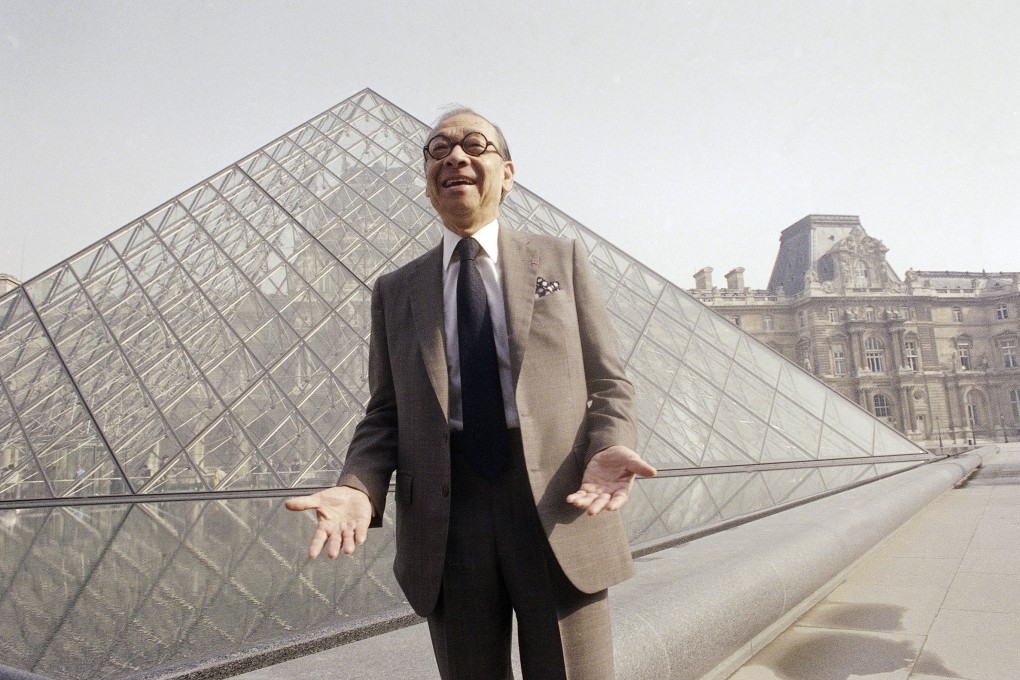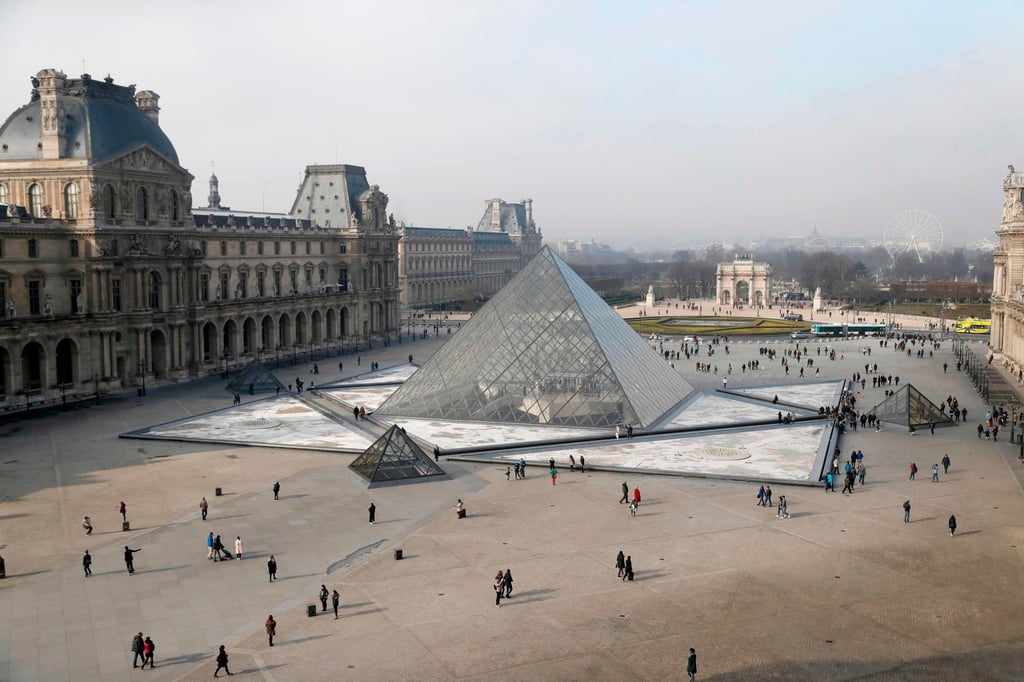Architect I.M. Pei never wanted a retrospective. How Hong Kong got to host one at last
- M+ museum hosts the first major retrospective of I.M. Pei’s work. Curators and architect’s son tell the story behind it, and what to expect

Think you know Ieoh Ming Pei? With his impish grin and trademark round spectacles, he was the father of such buildings as the Bank of China Tower in Hong Kong and Paris’ Louvre Pyramid.
He was a foe to feng shui masters and bête noire of the French media, and was photographed with famous faces of the moment, including Jackie O, Robert Kennedy, Jimmy Carter and François Mitterrand.
He received the Pritzker Architecture Prize and numerous other professional honours, and was awarded the United States Presidential Medal of Freedom by George H.W. Bush. His obituary in The New York Times in 2019 described him as a “cultivated man [of] easy charm”.

Running from June 29 until January 5, at the M+ museum of visual culture in West Kowloon, Hong Kong, the exhibition is – extraordinarily – the first major retrospective dedicated to the Chinese-American architect. And the reason it took so long was largely Pei’s doing.
“He never wanted a museum retrospective,” says the exhibition’s co-curator, Aric Chen, the former lead curator for design and architecture at M+ and now the general and artistic director of Rotterdam’s Nieuwe Instituut.


